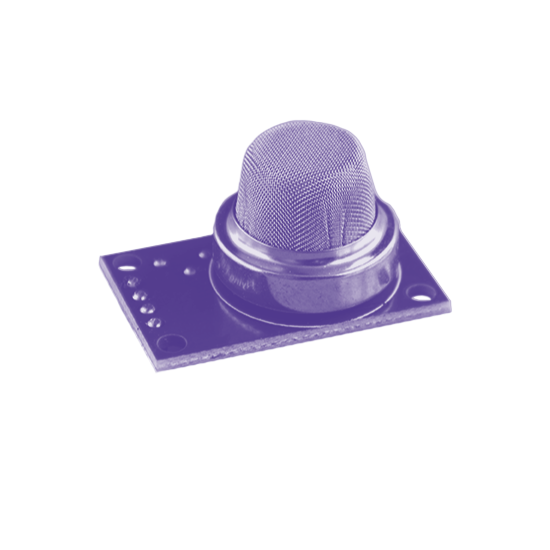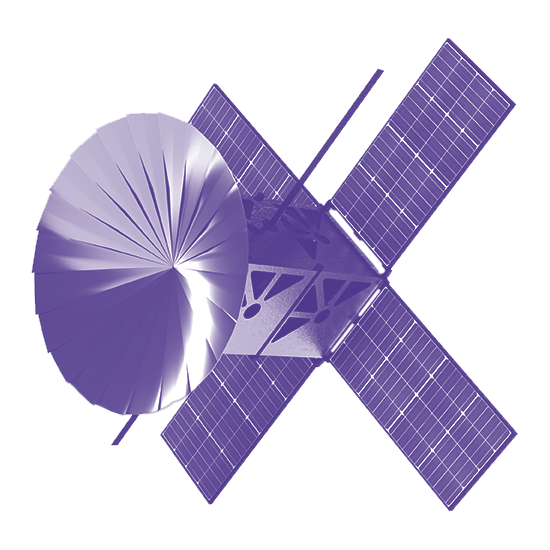

story
Low cost air sensors: A thousand flowers blooming
Innovation in low-cost air sensors has led to their proliferation around the world. These sensors range from extremely low-cost commercial and/or open source, do-it-yourself (DIY) tools to multi-thousand dollar systems. All are cheaper and more accessible than traditional regulatory air monitors.
Some schools use low-cost air quality sensors to explore their local environment, while some communities use sensors to demonstrate local sources of pollution and seek intervention.
Researchers can also use sensor networks to investigate the spatial and temporal variability of air quality in space and time, including integration with satellite monitoring systems. Although many initiatives using low-cost air quality sensors collect open data and use open source software, activities are often focused on solving local problems rather than planning for data sharing and reuse. Moreover, algorithms to improve data quality are often kept closed as intellectual property. From a science perspective, increasing open and findable, accessible, interoperable, and reusable (FAIR) practices remains a growth opportunity for understanding air quality across communities and regions.
As low-cost air sensors have grown in popularity and use, research and regulatory institutions are faced with the need to interpret and respond to data from these non-traditional and often untested tools. At the same time, they often seek to help users of low-cost air sensors interpret and respond to the air quality data that they collect.
For example, some federal communities have converged under the banner of Open Innovation in government. The EPA Citizen Science Community of Practice has shared resources like the Air Sensor Toolbox, and the broader Federal Community of Practice for Crowdsourcing and Citizen Science benefits from lessons learned. Federal authorities also encourage communities to create new sensors. The 2016 Smart Cities Air Quality Challenge leveraged Federal Prize and Challenge authority to find strategies for collecting, storing, and managing community air quality data. Another federal open innovation community, the Federal Prizes and Challenges Community of Practice, has emerged to support the use of prize and challenge competitions across the U.S. government.
Despite early skepticism, federal communities have joined grassroots and academic communities in organizing around low-cost air quality sensors. An important area for future work is ensuring alignment between grassroots and government communities. If this is consistently achieved across low-cost and open source hardware, impacts will be greater than any community could achieve alone.
Achieving scientific impacts like those described in this story requires continued support for both paradigms and communities like those listed below.
- communities
- paradigms



